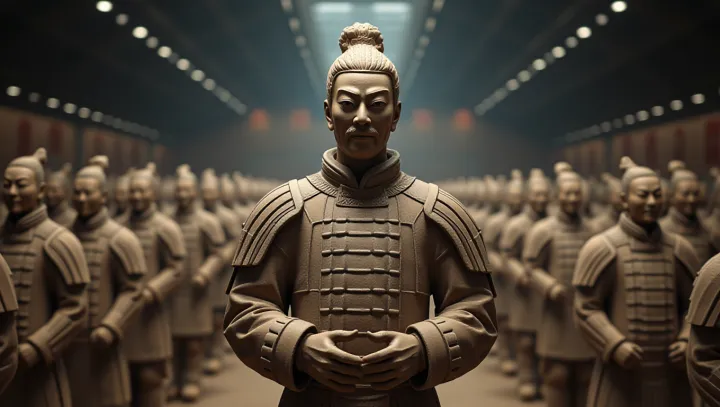The Enigmatic Significance of the Terracotta Army

The Terracotta Army, an awe-inspiring archaeological find, lies near Xi'an in Shaanxi Province. This vast collection of life-sized sculptures, depicting the armies of China's first emperor, Qin Shi Huang, serves a dual purpose. It is not only a monumental testament to the empire's military might but also a symbol of artistic and cultural achievement.
Crafted more than two millennia ago, the Terracotta Army features intricate detail and realism. According to experts, the sculptures were made using local clays, carefully molded, and fired in kilns. Each figure displays unique features, suggesting a level of craftsmanship and individuality previously unseen in ancient mass productions.
The assembly of thousands of warriors, including infantry, archers, charioteers, and even horses, reflects the sophisticated organizational skills of the Qin artisans. The significance of the Terracotta Army extends beyond its sheer scale or artistic splendor. It represents the emperor's quest for immortality, intended to protect him in the afterlife.
This theme of eternal guardianship underscores the spiritual and political tenets of the era. As archaeologists continue their meticulous explorations, the site promises to yield further insights into ancient Chinese culture and technological innovation.
